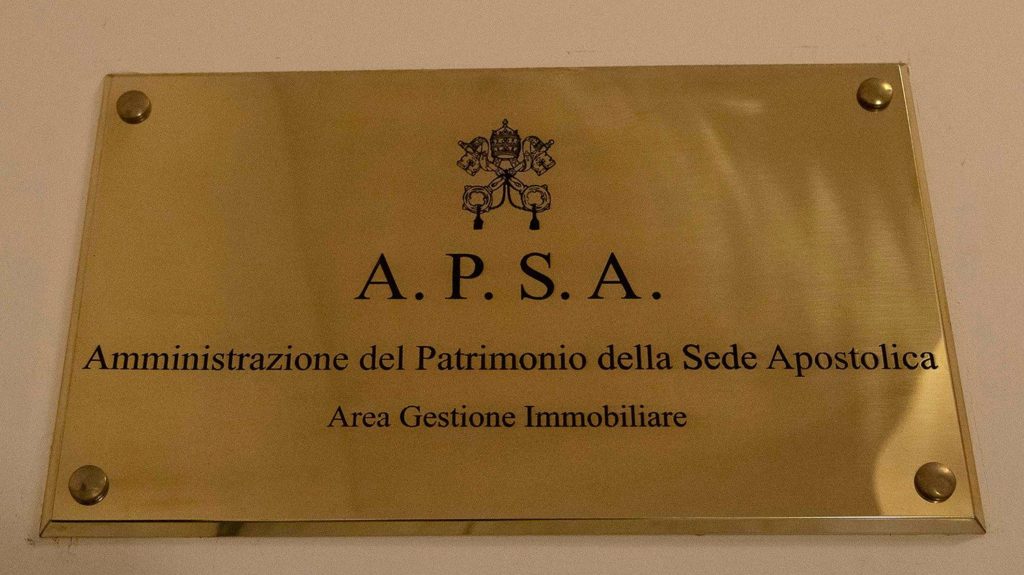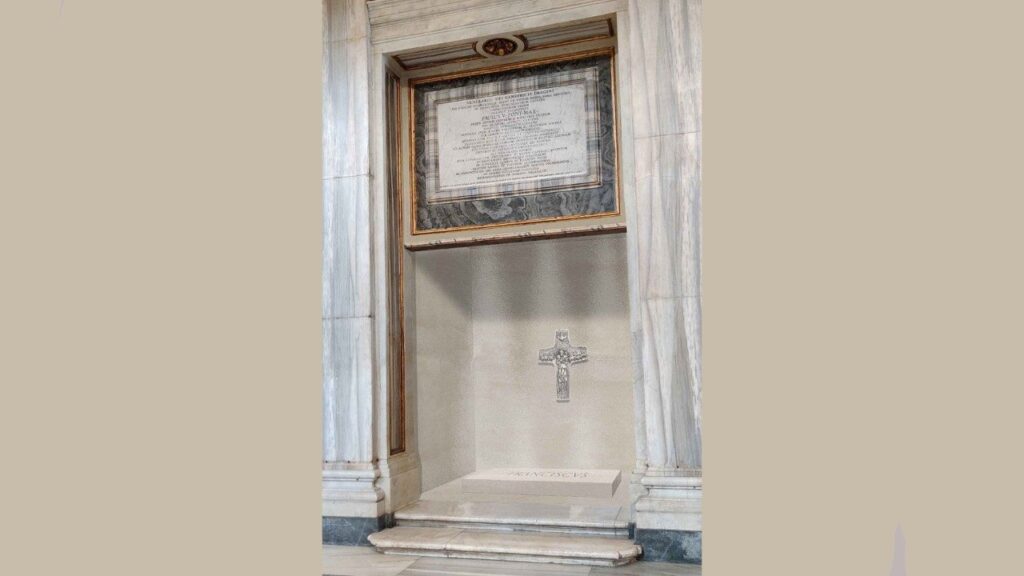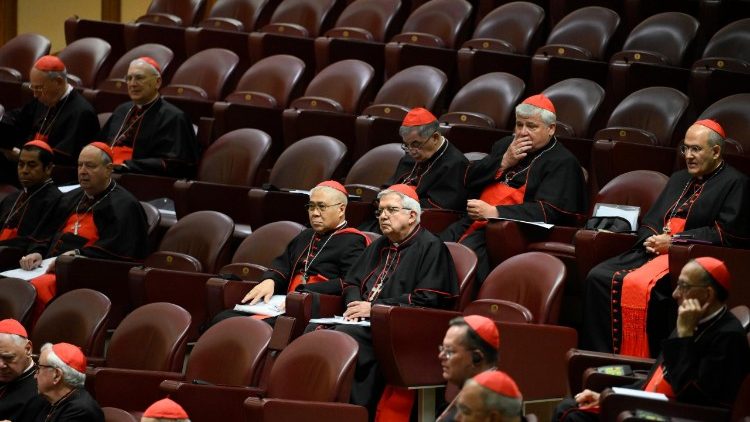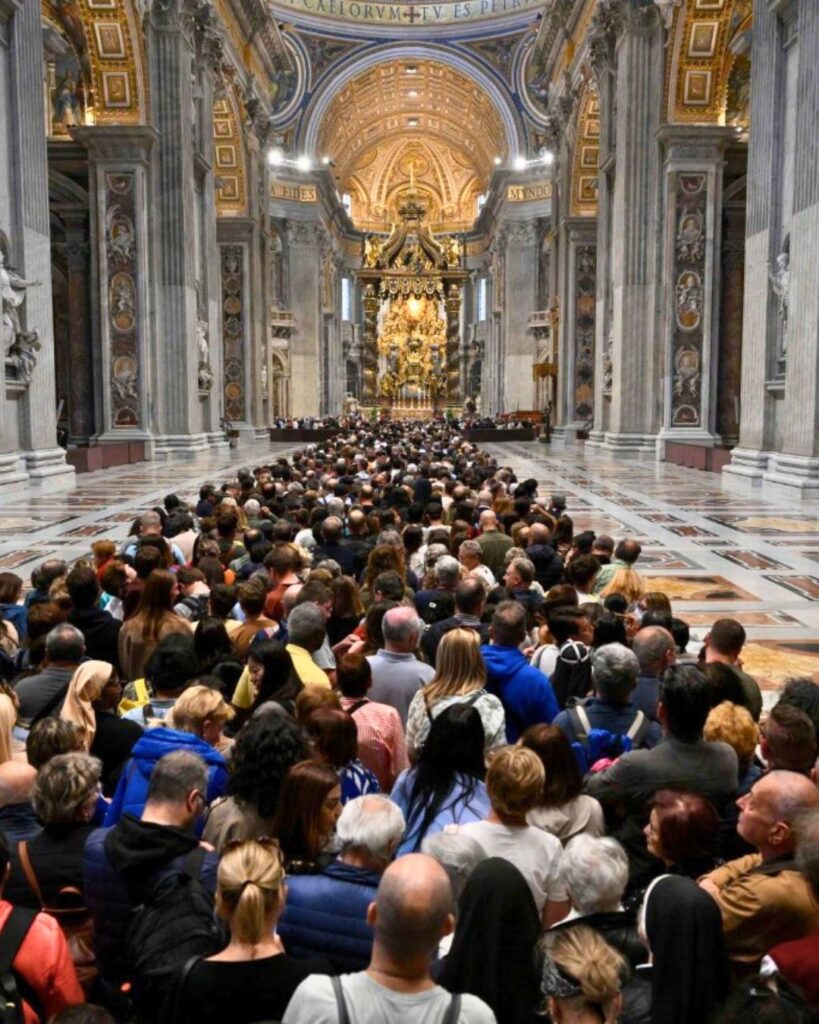APSA Publishes Balance Sheet for 1st Time
Challenges Brought on by Coronavirus Pandemic

For the first time since it was established in 1967, the Administration of the Patrimony of the Apostolic See – known from its Italian initials as “APSA” – has published its balance sheet, reported Vatican News. The document concerns the fiscal year of 2020. APSA’s president, Archbishop Nunzio Galantino, explains that the decision to publish the budget stems from the “hope” of increasing confidence in the work of the Church, as well as the desire to transform the Dicastery, which was established by Paul VI, from a “structure that mainly offers services on demand” to a “proactive reality” in the way it administers the heritage entrusted to it.
In 2020, profits were less than 51 million euros, while financial investments amounted to 1.778 billion euros; while contributions for the needs of the Roman Curia were halved from 41 to 20 million euros. Nonetheless, the figures were generally positive, considering the serious consequences of the pandemic.
In an interview with Vatican Media, Archbishop Galantino notes that this is not the first time that APSA has drawn up its balance sheet. “It was already done in the past,” he explained, with budgets being presented to supervisory bodies for approval. However, this is the first time the records have been made public. “It is certainly a step forward in terms of transparency,” the archbishop said.
The president also noted that the decision by Pope Francis, enacted with a Motu proprio dated 28 December 2020, to transfer the funds and properties of the Secretariat of State to APSA. Archbishop Galantino pointed out that decision involved not only “a transfer of material and competencies,” but the building of “a new culture that is not only administrative, which must gradually permeate” the dicastery.
The report details the work of the APSA during the months marked by the health emergency. It also provides useful information to refute false narratives about the size and value in the use of the Holy See’s assets. It explains, for example, that it is thanks to the rental of prestigious properties in Paris and London that it was possible to grant a free loan to the Office of Papal Charities to obtain a historic building such as Palazzo Migliori, where the homeless are housed through the efforts of the Sant’Egidio Community.
The document also notes the purchase of a property near the Arc de Triomphe in Paris: the seller, thanks to the mediation of the Vatican company Sopridex, has earmarked part of the proceeds for the construction of a church in a poor Parisian neighborhood. Archbishop Galantino explained the transaction in detail: “The property was purchased on 22 December 2017 to increase income for the Holy See and simultaneously to provide resources to invest in the construction of a church in a banlieue and in the training of young people.” The price of the property was €13.47 million, with a gross return on value of 2.87%.
The document also sheds light on the three areas in which APSA operates. The first is real estate, with the management of 4,051 units in Italy (92% in Rome and its province). Then there is the securities activity: investments in international securities, consultancy, financial solutions, access to capital markets for the Curia and other Vatican bodies. The third area is identified as ‘Other activities,’ including services – mostly free of charge – provided by the purchasing, accounting, collection, and payment offices, and by ‘Peregrinatio Ad Petri Sedem,’ which deals with ticketing and logistical organization of trips for the Holy See.
A large focus of the report is on the socio-economic consequences of the pandemic, which have caused “negative repercussions” on operating results. “The activities that everyone in APSA is putting in place go beyond the serious consequences of the pandemic crisis,” Archbishop Galantino explained. “Our energies are directed towards an administration that is credible and reliable, as well as effective and efficient, being guided by the processes of rationalization, transparency and professionalism also requested by Pope Francis.”
With this in mind, in March 2020, in the midst of the healthcare emergency, the Dicastery decided to come to the aid of commercial activities by canceling part of the rents, between 30% and 50%, depending on the activity. “If we talk in technical terms and in terms of results, what we have done does not put us in positive territory,” emphasized the APSA president, “but for us it remains a positive result, in the sense that it has brought out the will to be and behave ‘like a Church’ even at a time of serious crisis for everyone.”
The report also presented the “Sfitti a rendere” project, which envisages concrete actions to gradually reduce the number of vacant properties, through the renovation of one hundred flats, in several lots, and through the involvement of real estate agencies. Work on the first lot is scheduled to begin in January 2022.
On the issue of taxes, APSA explains that for the 2020 tax year it has paid 5.95 million euros for the Italian Municipal Property Tax (IMU) and 2.88 million euros for the corporate income tax (IRES). It then reiterates the commitment to invest in “social impact” initiatives and reports that, through 31 December 2020, the investments managed by the Dicastery amounted to 1.778 billion euros, with a management yield of 1.53%. This confirms prudent management even in a difficult context.
Finally, APSA is proceeding with the drafting of a three-year plan that will allow it to achieve goals of efficiency and effectiveness, thanks also to the commitment of each employee (currently numbering 102), “in a climate of transparency and collaboration.” All this is being done, said Archbishop Galantino, in the knowledge that “it is the duty of APSA to preserve, improve, and make the most of the assets entrusted to it.”
View APSA report here
Related

Thousands of faithful bid farewell to Pope Francis in St. Peter’s Square
Exaudi Staff
26 April, 2025
2 min

Francis’s Tomb: A Legacy of Humility and Closeness
Exaudi Staff
25 April, 2025
4 min

Cardinals Intensify Their Spiritual and Pastoral Preparation at the Third General Congregation
Exaudi Staff
24 April, 2025
1 min

Rome unites in prayer: the world bids farewell to Pope Francis with love and gratitude
Exaudi Staff
24 April, 2025
2 min
 (EN)
(EN)
 (ES)
(ES)
 (IT)
(IT)

